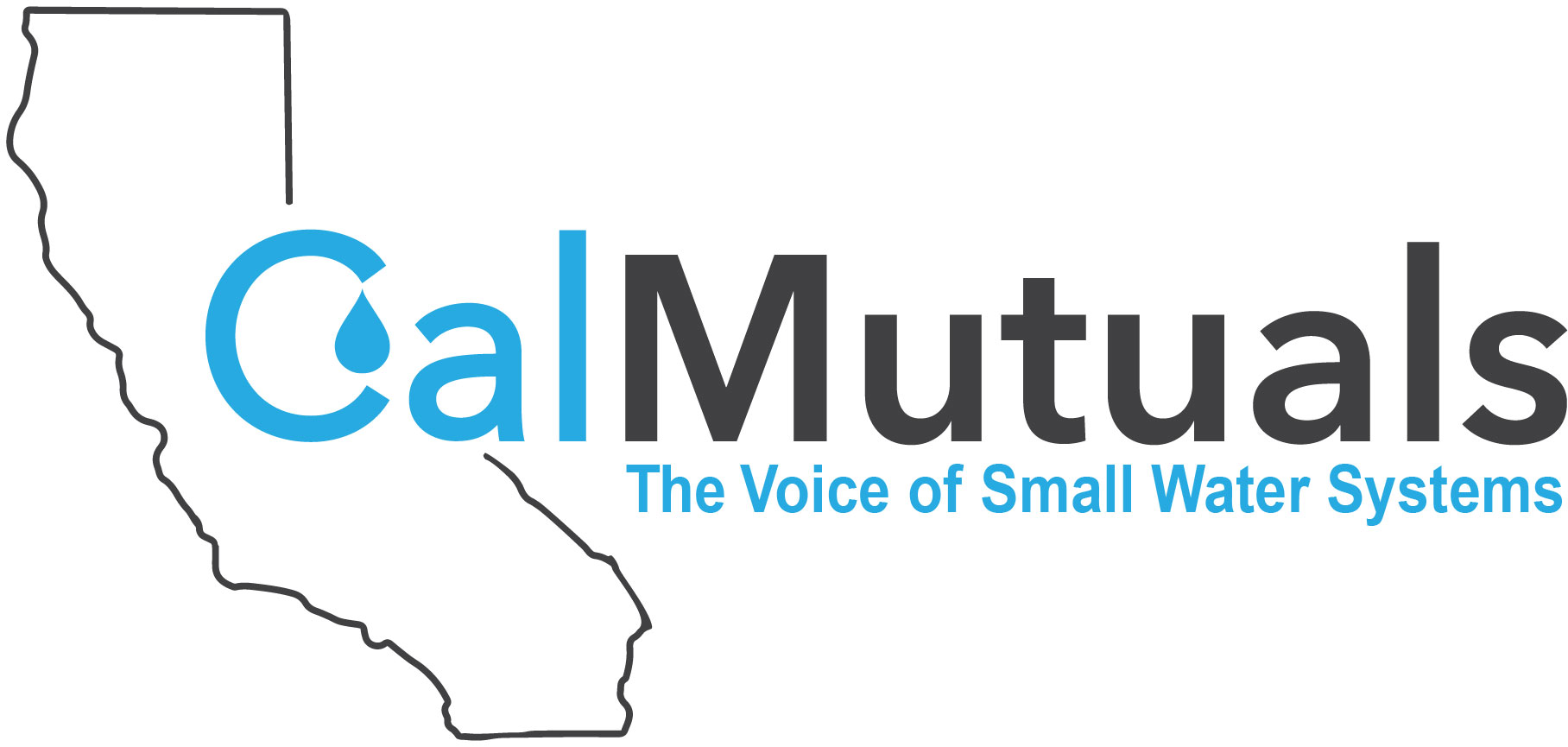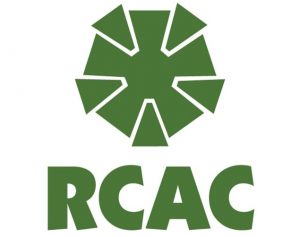Webinar | Zenith Vendor Discount Program: Special Pricing on COVID-19 and Other Safety Products
Webinar OnlyOnline Webinar - Available to members with CalMutuals JPRIMA Worker's Compensation insurance only. Zenith has arranged discounts with external vendors for safety and risk control-related product and services, to help reduce workplace injuries and workers’ compensation claims and costs. Exclusive pricing is available for Zenith policyholders. Learn about the program, its participating vendors and product/service offerings. This webinar also spotlights one of Zenith’s Vendor Discount Program participants. Threadworx is a distributor of safety an promotional products including a full line of infection control supplies, personal protective equipment and other general safety items. This session covers: Vendor Discount Program overview Program benefits How the program works Participating vendors and how they can assist How to place orders, receive discounts, and get more information Threadworx product offerings and discount To learn more or sign up: Visit TheZenith.com, scroll down to Zenith Solution Center. You can also contact us at 800-440-5020 or email ecommerce@thezenith.com


